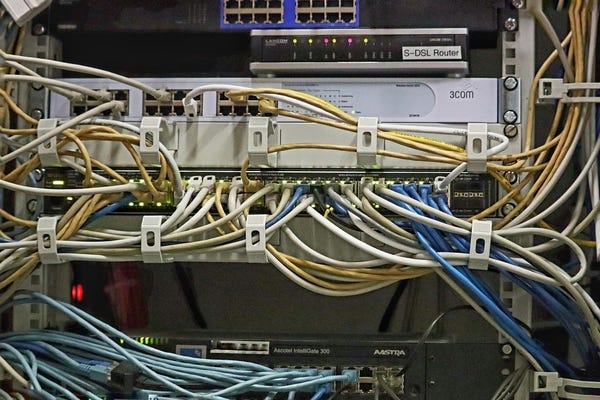Image by Tho-Ge from Pixabay
In today's fast-paced digital realm, businesses and developers constantly seek ways to improve efficiency, scalability, and cost-effectiveness. One technology that has gained significant traction is serverless computing. This approach enables organizations to build and develop applications without managing the underlying infrastructure.
Instead, cloud providers handle server provisioning, maintenance, and scaling, allowing developers to focus solely on writing and optimizing code. This post details what serverless computing is, its benefits, and real-world uses.
What is Serverless Computing?
Serverless computing, often called function as a service (Faa), allows developers to execute code in response to specific events without provisioning or maintaining servers.
Instead of managing infrastructure, businesses leverage cloud platforms like AWS Lambda, Google Cloud Functions, and Azure Functions, which dynamically allocate resources based on demand. Despite its name, serverless computing still uses servers, but they are abstracted away from the developers.
Key Benefits of Serverless Computing
Cost Effectiveness
Serverless computing follows a pay-as-you-go pricing model, meaning businesses are only charged for the resources they actually consume. This eliminates the cost of idle server time, making it ideal for applications with unpredictable workloads.
Scalability
Serverless architectures automatically scale up or down based on traffic, ensuring applications can handle varying loads seamlessly. This elasticity is particularly useful for applications with fluctuating usage patterns.
Faster Development and Deployment
Developers can focus on writing code without worrying about infrastructure management. This accelerates development cycles, reduces time to market, and allows teams to iterate quickly.
Reduced Operational Complexity
With serverless computing, infrastructure management tasks like patching, scaling and load balancing are handled by the cloud provider. This reduces operational overhead and allows teams to allocate resources more effectively.
Improved Resources Utilization
Serverless functions only run when triggered, ensuring optimal use of resources. This makes it particularly attractive for microservices architectures, where small, independent functions are executed on demand.
Real-World Use Cases of Serverless Computing
Web and Mobile Applications
Serverless architectures are ideal for building scalable web and mobile applications. Developers can create APIs, process user requests, and deliver content efficiently without managing backend servers. Integrating app testing during development ensures that applications run smoothly and are secure before deployment.
Data Processing and Analytics
Businesses can use serverless computing to process and analyze large datasets in real-time. Tasks such as data transformation, log analysis, and streaming data processing can be automated without dedicated servers.
IoT Applications
The Internet of Things (IoT) generates vast amounts of data that require processing in real-time. Serverless computing enables scalable data ingestion and analysis, making it easier to manage IoT workloads efficiently.
Chatbots and Virtual Assistants
Serverless platforms provide the perfect infrastructure for building AI-powered chatbots and virtual assistants. These applications often experience bursts of activities and benefit from serverless computing's ability to scale dynamically.
Automated Task Scheduling
Serverless functions can automate routine tasks, such as generating reports, sending notifications, and running backups. These tasks are executed only when required, reducing resource consumption.
Final Thoughts
Serverless computing has revolutionized how businesses develop and deploy applications, offering unparalleled scalability, flexibility, and cost savings. Whether building a web application, processing data, or automating workflows, serverless architectures provide a powerful foundation for modern development. As the demand for efficient and scalable solutions continues to grow, serverless computing plays a vital role in shaping the future of technology.


